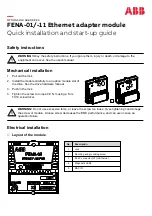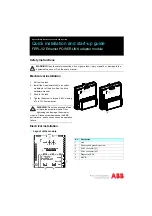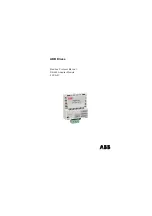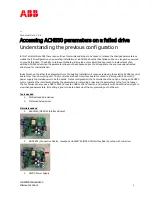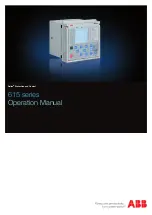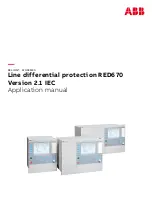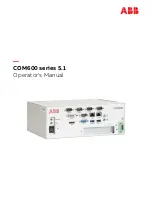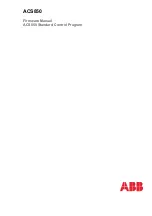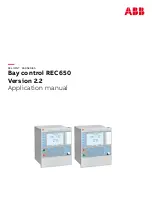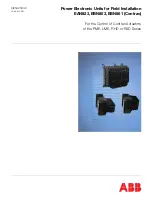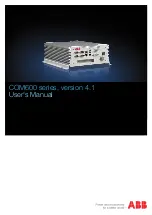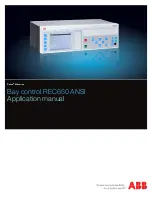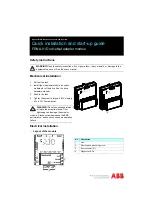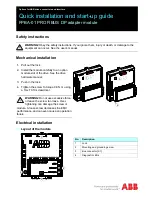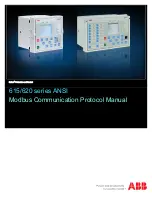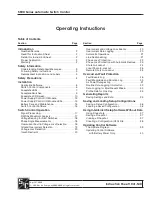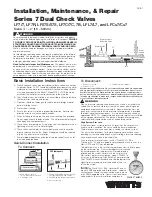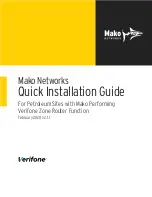
KEYSTONE
FIGURE PCS17 KNIFE GATE VALVES
INSTRUCTION, OPERATION AND MAINTENANCE MANUAL
Before installation these instructions must be fully read and understood
GENERAL INFORMATION
The Keystone PCS17 knife gate is a
bi-directional shut-off valve. It can be installed
without concern over direction of flow. It will
shut-off equally with in either direction.
All valves should be operated within the design
pressure and temperature ranges. Do not
exceed 100% of the maximum pressure rating
of the valve at any time during its operation.
Pressure spikes beyond the valve’s pressure
rating are solely the responsibility of the user.
Initial inspection
1. Examine entire valve and report any damage
or discrepancies immediately.
2. Accessories, if any, including solenoids,
limit switches, positioners, etc., are
tested for functionality prior to shipment.
Examine carefully for damage which may
occur during shipment.
3. Operators: Standard manual handwheels
may be shipped loose for field installation.
It is necessary to use a pipe wrench or large
crescent wrench to properly tighten the
handwheel retaining nut. Be sure to fully
tighten.
FIGURE 1
Inspect and tighten
packing gland nuts
to stop any leakage
FIGURE 2
Bolt holes in the chest
or upper flange area
are blind tapped
INSTALLATION INSTRUCTIONS
Please take note of the specific installation
tags provided with each valve.
1. The mating line flanges must be properly
aligned prior to attempting installation.
Slip on or weld flanges can be used.
Never try to make up for misaligned pipe
flanges by the line bolting. Pipe supports
and/or expansion joints should be used
to minimize pipe loads on valves.
2. Flange gaskets suitable for the application
are required, sized to fit the raised face of
the valve.
3. The port flanges of the PCS17, DN 50 to
600 (NPS 2 to 24) are drilled and tapped
to ASME B16.5/150, DN 750 (NPS 30) is
per MSS-SP44 with the face to face per
MSS-SP81. The bolt holes in the chest
or upper flange area are blind tapped,
see Figure 2.
© 2017 Emerson. All Rights Reserved.
Emerson.com/FinalControl
VCIOM-02874-EN 19/05
NOTES
1. All knife gate valves are designed and
manufactured to be installed in applications where
no more than 1g (0.04 oz.) of force In excess of
gravity is applied to the valve in any direction. This
1g (0.04 oz.) force can be an effect of traffic, wind,
or earthquake. All piping systems should contain
independent support mechanisms and should not
utilize the valve as a sole means of support.
2. If the valve is supplied with an actuator other
than the standard handwheel operator, additional
support may be required. Especially if the valve is
not installed in the vertical position. See page 8 for
further details.
3. Accessories, if any, including solenoids, limit
switches, positioners, etc., are tested for
functionality prior to shipment.
4. Examine carefully for damage which may occur
during shipment.
NOTE
Care must be taken when installing studs or bolts
in the tapped holes of the flange in the chest area
to prevent damage, see Figure 2 and Figure 3.
4. Packing Assembly: The packing gland bolts
should be checked and adjusted to obtain
a first time packing seal. Packing gland
nuts may become slightly loose when valve
is shipped. Field adjustment is expected
and desired. (Figure 1. Tighten just enough
to stop any leakage. Overtightening may
increase valve operating torque and shorten
packing life).
4. Cap screws or bolts that are too long can
pinch the valve body, thereby forcing the
body wall into the gate, springing the gate
out of line, see Figure 3. Additional damage
can occur on the gate face, such as scoring
or scratching of the gate. This type of
damage normally requires the valve be
returned to our shop for repair.
5. To avoid damage, it is recommended that
studs be used on all tapped bolt holes,
especially the upper chest holes. If cap
screws are used, be sure that they do not
enter beyond the depth of the tapped hole
when fully tightened.













